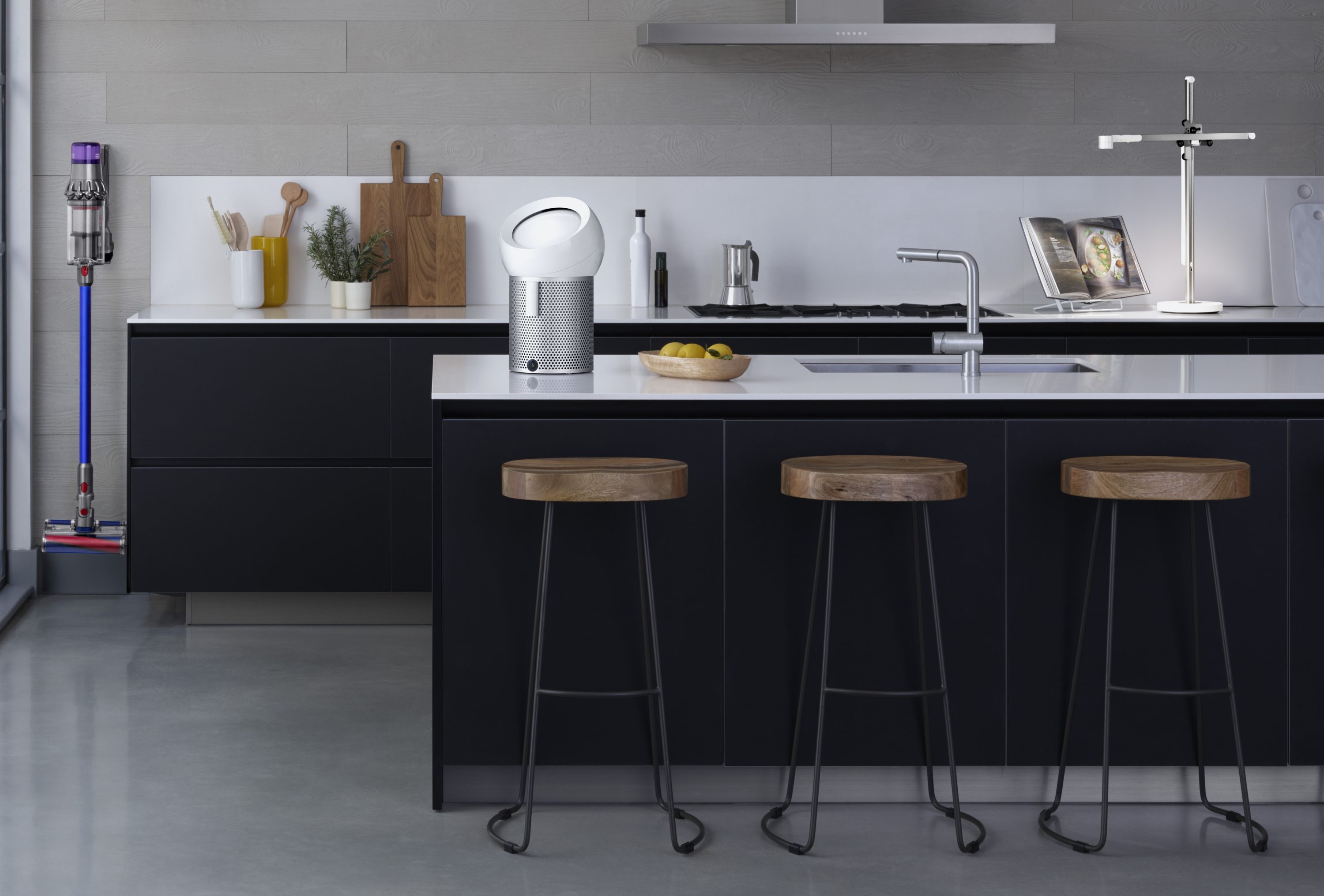Have you ever looked at that RM20 desk lamp in your local supermarket and just thought to yourself that you deserved better? That your life needs light from a source that’s more valuable than a fully loaded plate of nasi briyani? Well, obviously, Dyson thinks so. That’s why they’ve launched the Dyson Lightcycle — a desk lamp that costs more than a flagship Android smartphone.
But, I suppose this shouldn’t be too surprising. I mean, Dyson is the company that built its reputation on over-engineered household appliances like vacuum cleaners and fans, and probably one of the only companies to make these appliances desireable.Naturally, this means that the Dyson Lightcycle isn’t just your regular Ikea desk lamp. For starters, Dyson is calling it a task light.
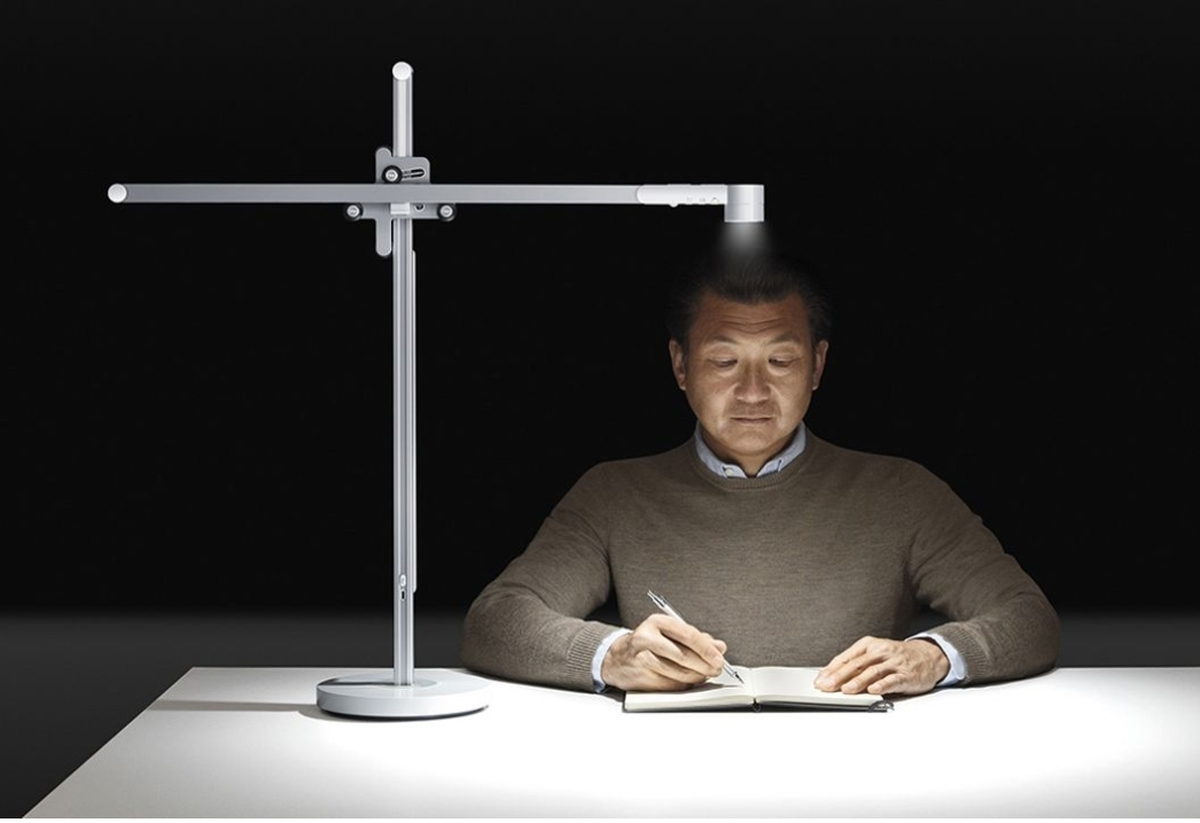
Beyond fancy monikers, the Lightcycle is packed full of tech that you normally wouldn’t find on a conventional desk lamp. For starters, it has the ability to track the local daylight in your area. Dyson says that this is to ensure that the light will be able to actively adjust its colour temperature and brightness according to your local daylight.
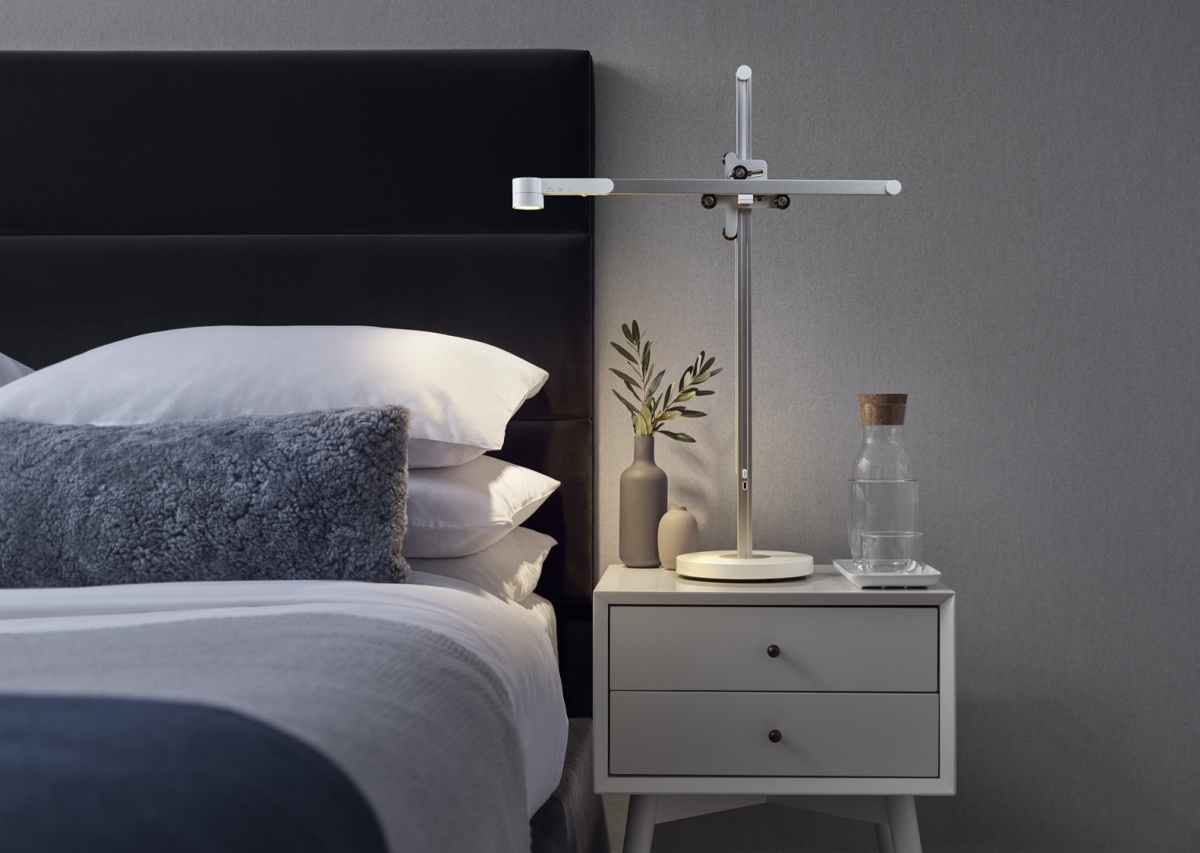
It does this through a “unique time, date and location driven algorithm” which is supported by data from over a million satellite based measurements of light conditions in the earth’s atmosphere at different times of day. On the Lightcycle itself, there’s a 32-bit microprocessor that continually interprets this daylight data, updating the light’s colour tuning and intensity automatically. The Dyson Lightcycle has 3 warm and 3 cool LEDs that can work in tandem to simulate colour temperatures between 2,700-6,500 Kelvin.
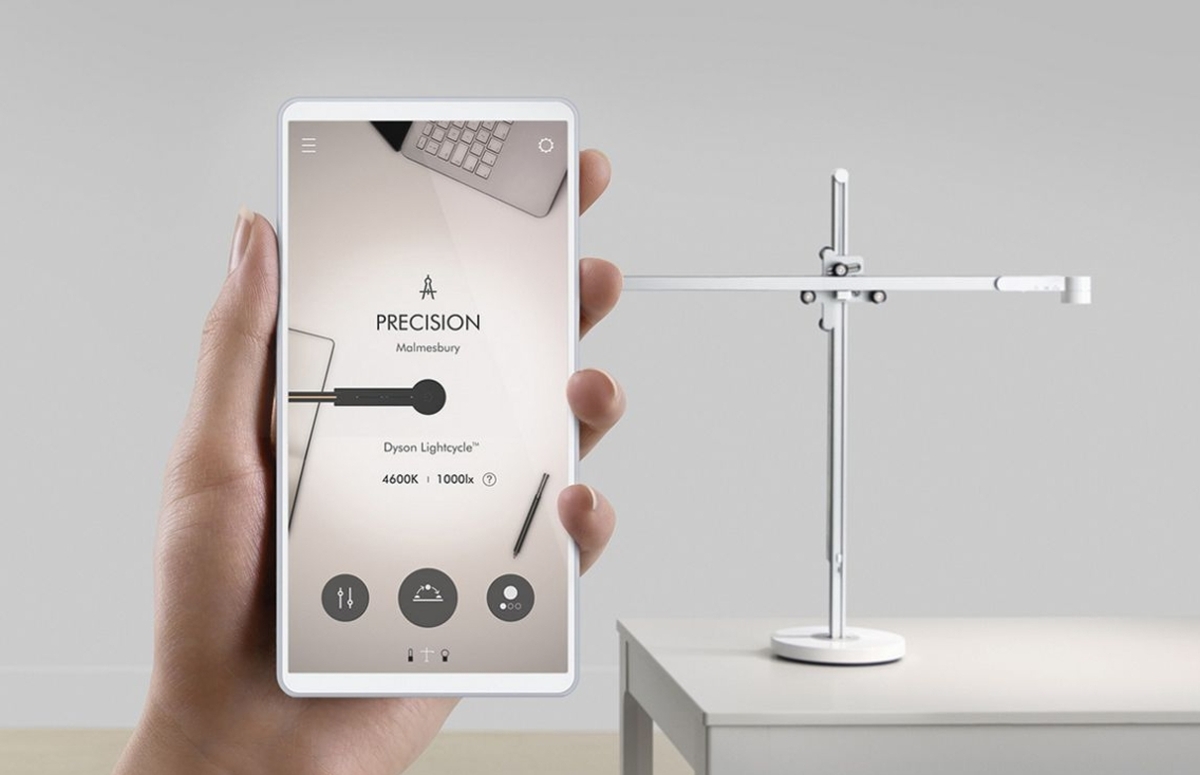
Why is this important? Well, Dyson says that light intensity that’s at odds with natural daylight can affect the body’s production of melatonin (the hormone that regulates sleep-wake cycles). This could have a profound effect on how we feel and function, which is obviously very important. In a way, this is basically TrueTone for your life.
Dyson says that the Lightcycle is also equipped with tools to reduce flicker, glare and insufficient brightness. The light can achieve a max brightness of more than 1,000 Lux, and it has a “heptagonal reflector split by a layer of PMMA diffusion film”. Don’t worry, I don’t know what that means either, but apparently it helps mix the light and create a single light source for high shadow quality.
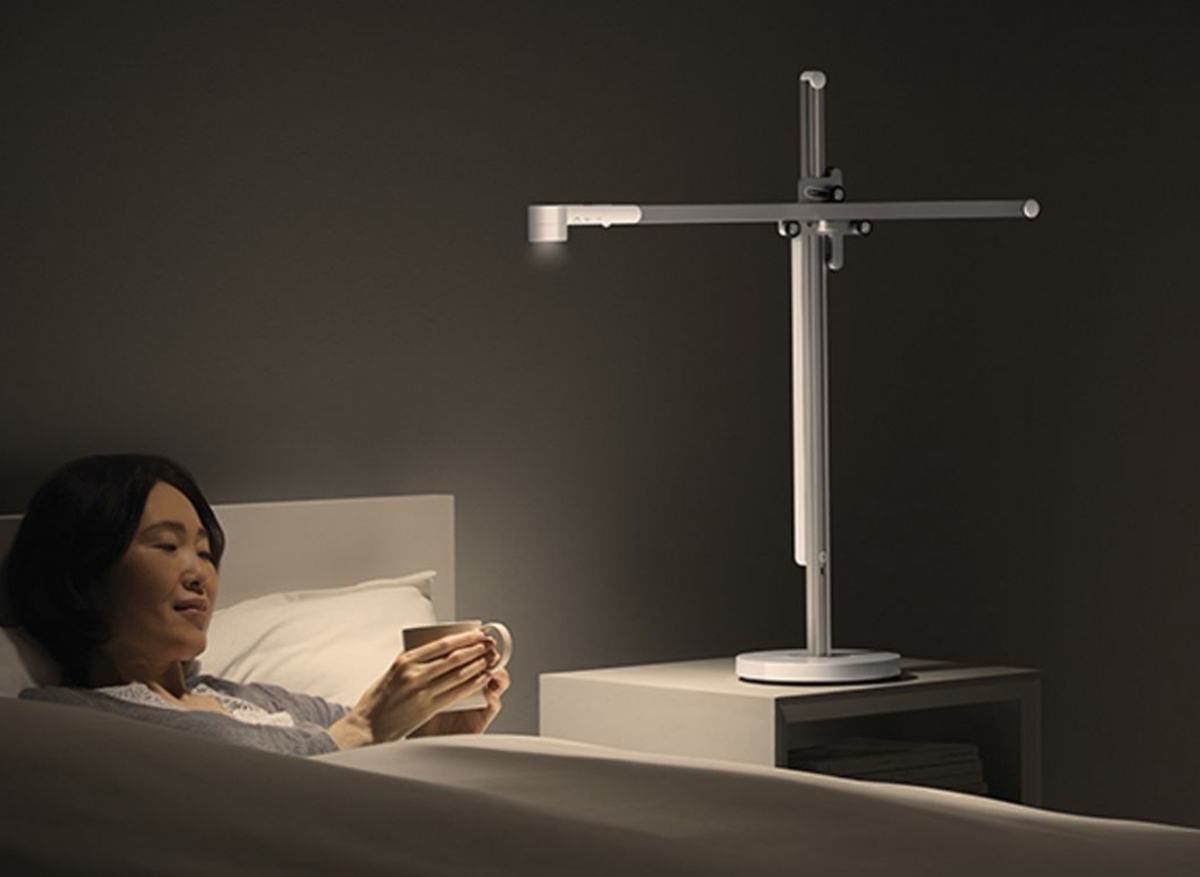
But, while all of those cool tricks sound fancy, the most interesting thing about this light is that it can adjust its output to not only the task you want to complete but also to your age. Dyson says that a 65-year-old needs up to four times more light than a 20-year-old, so the light needs to be able to adjust for this discrepancy. The Lightcycle gets this information through the Dyson Link app which you can hook your task light up to.
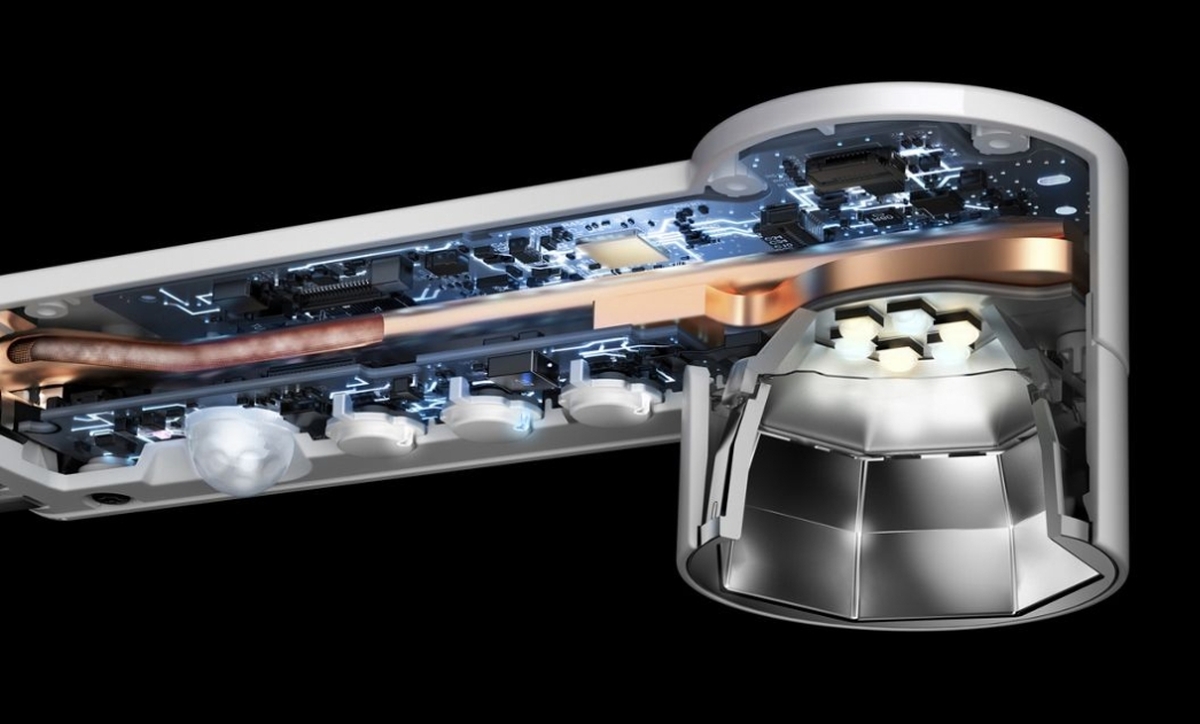
That being said, I think the most important thing about any lamp — especially one that costs this much — is longevity. According to Dyson, the Lightcycle can maintain its light quality for a whopping 60 years (with an average of 8 hours usage per day). This is possible because of the way Dyson treats its LED lightbulbs. When LEDs overheat, the bulbs can fade and discolour, which is no bueno for a lamp that’s supposed to emulate daylight. So, to ensure their bulbs stay cool, Dyson has actually built a heat pipe into the Lightcycle which can actively cool the light bulbs to maintain performance. This cooling system is not unlike those you’d find on high-performing flagship phones and fanless personal computers.
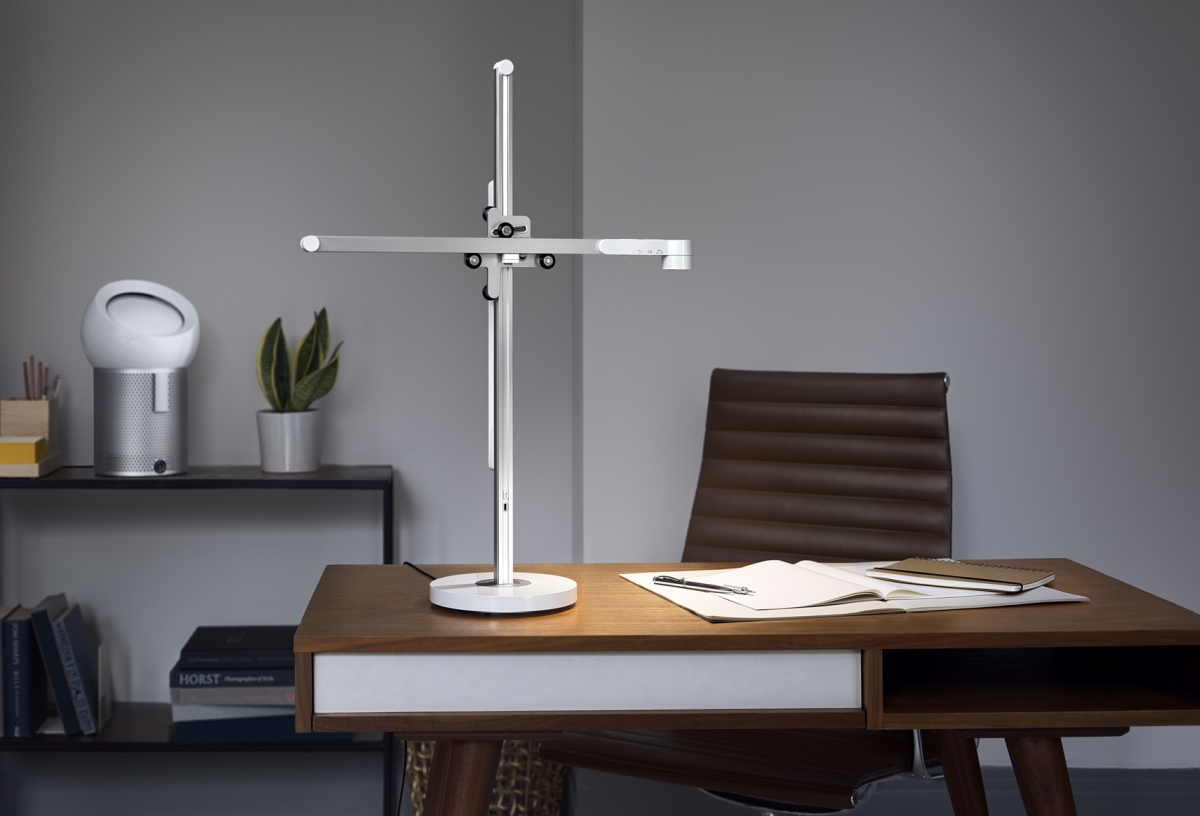
Of course, all of this comes with a pretty steep price. In the US, the Dyson Lightcycle desk will retail for USD599 (~RM2,488). If you want your Lightcycle to stand on the floor instead of a table, you can pick up the floor version for USD899 (~RM3,734) instead. That’s a pretty steep price hike for what is — as far as I can tell — just a longer stand. You’d probably be better off putting it on some furniture instead.
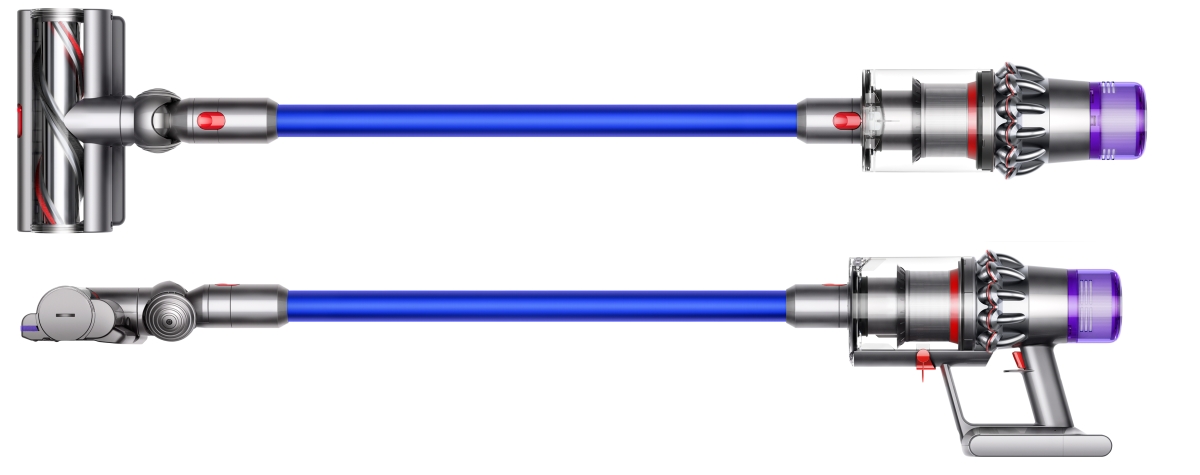
Besides the Lightcycle, Dyson also updated its flagship vacuum cleaner with the brand new Dyson V11. This new vacuum comes with 20% more suction power than the Cyclone V10, but maintains its 60-minute battery life thanks to more powerful batteries. It also features a redesigned impeller blade that now forms an S shape instead, to match the shape of the shroud that the blade sits in. This allows for a clearance that’s just a fraction of a millimetre, reducing air leakage and increasing efficiency.

In addition to the V11, Dyson also debuted the Dyson Pure Cool Me personal purifying fan. With the device’s Core Flow technology, the fan can project a focused stream of air to cool yourself more effectively. It also features a HEPA filter that captures 99.95% of particle pollutants, and is designed to be as quiet as possible thanks to a layer of acoustic attenuation foam at the base of the machine.
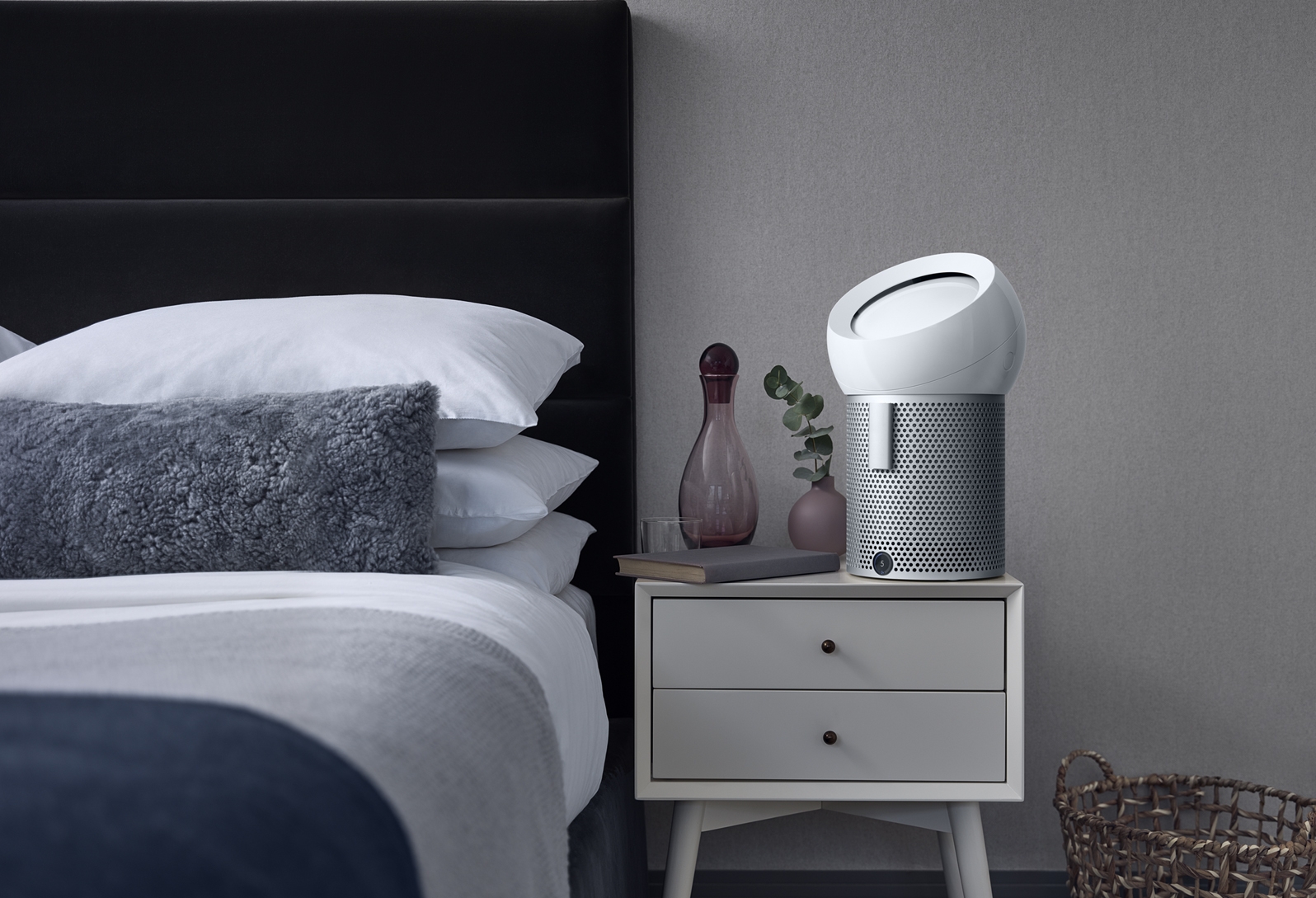
The Dyson V11 will be sold in two variants: The V11 Absolute and V11 Absolute+. The Absolute will come with a high torque cleaner head, a soft roller cleaner head, a mini motorised tool, a combination tool, a crevice tool, a soft dusting brush, a stubborn dirt brush, a drop in dock and a Wand Storage Clip. Meanwhile, the Absolute+ variant includes all of that, plus a floor dock. Dyson’s new vacuum cleaner will retail for RM3,399 (Absolute) and RM3,699 (Absolute+), while the Pure Cool Me fan will retail for RM1,699. Unfortunately, the Lightcycle doesn’t have a Malaysian price just yet, but it will officially go on sale here sometime this year.
